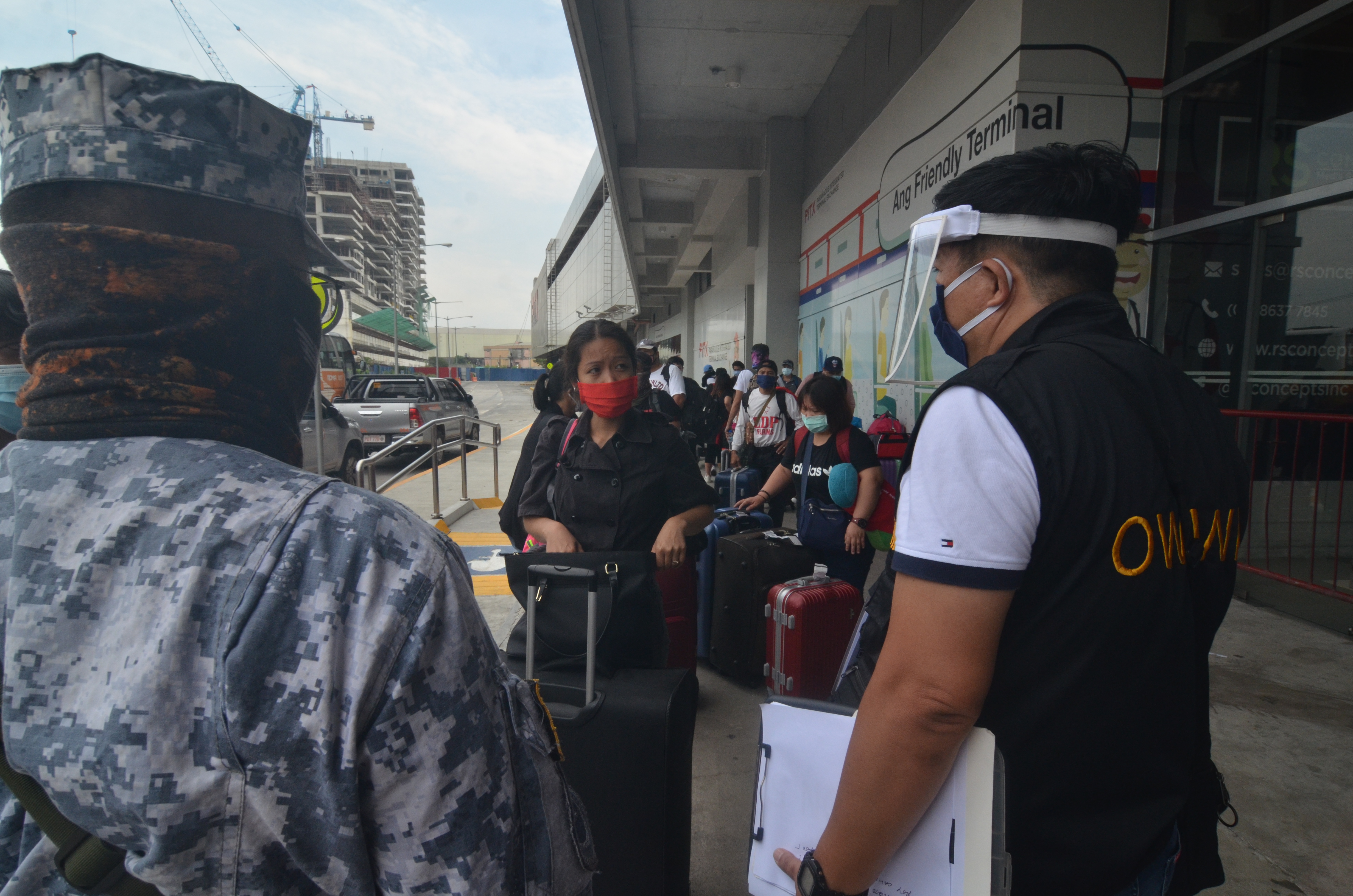
MANILA – The continued job losses among overseas Filipino workers (OFWs) are expected to hurt remittance inflows to the Philippines until next year, with the contraction this year expected to hit as much as 10 percent.
On Thursday, the Bangko Sentral ng Pilipinas (BSP) reported the reversal of remittance inflows last August after cash inflows posted a 4.1 percent year-on-year decrease following the 7-percent level expansions in the previous two months.
In a report, Rizal Commercial Banking Corp. (RCBC) chief economist Michael Ricafort said the diversification of OFW markets provides for the continued inflows of remittances, adding that as more workers lose their jobs, this would impact the remittances.
Ricafort said he was optimistic about the seasonal rise of inflows in the last quarter of the year due to the holidays, noting that “some adversely-affected OFWs could also tap (into) their savings” and “some laid-off OFWs could also tap (into) part of their separation pay.”
He, however, said inflows in the coming months “could still continue to contract year on year,” provided OFWs who lost their jobs regain them or find another job either in the same country or another area.
“An offsetting positive factor is the fact that some OFWs work as front-liners, especially in the health/medical sector and other essential industries, enabling some of them to continue working and sending remittances to the Philippines,” Ricafort added.
The BSP forecast remittances to contract by 2 percent this year, an improvement from the earlier forecast of -5 percent.
In the first eight months of the year, cash remittances channeled through banks posted a 2.6-percent year-on-year contraction.
ANZ Research forecast remittances to the Philippines to contract by 7 percent as it projected the weakness in inflows shown in the August 2020 figures to continue in the coming months.
In a report, it said the diaspora of OFWs backed the resiliency of remittances but since the pandemic has affected all countries, inflows from Filipino workers overseas have also been affected.
It dubbed as one-off the recovery of remittances last June and July, which was attributed partly to the re-opening of economies, general weakness of the US dollar that favors other currencies like the peso, and the fiscal support in the US, which accounts for a large part of remittance inflows to the Philippines.
However, with more OFWs losing their jobs and being repatriated and the impact of the stimulus program in the US dissipates, which in turn results in sluggish disposable income in the world’s largest economy, ANZ Research forecast additional pressures to remittances.
The report cited the revision in the BSP’s remittance forecast for this year but ANZ Research forecast remittances to slip by 9.7 percent in the second half of the year.
“This will translate into a full-year contraction of 7 percent year on year,” it added.
ING Bank Manila senior economist Nicholas Mapa forecast remittances to decline by 5 percent to 10 percent this year “with OFs abroad still facing challenging labor markets in their jurisdictions (Covid-19 cases are on the rise in Europe and the US) while the stock of OFs abroad falls by roughly 300,000 after the wide-scale repatriations.”
OFW remittances are among the domestic economy’s structural drivers in the past decades since they fuel consumer spending.
Mapa, however, said the expected contraction of inflows starting this year would impact on domestic growth.
“The loss of remittance support to household consumption will likely be felt well into 2021, weighing on growth rebound prospects,” he added.